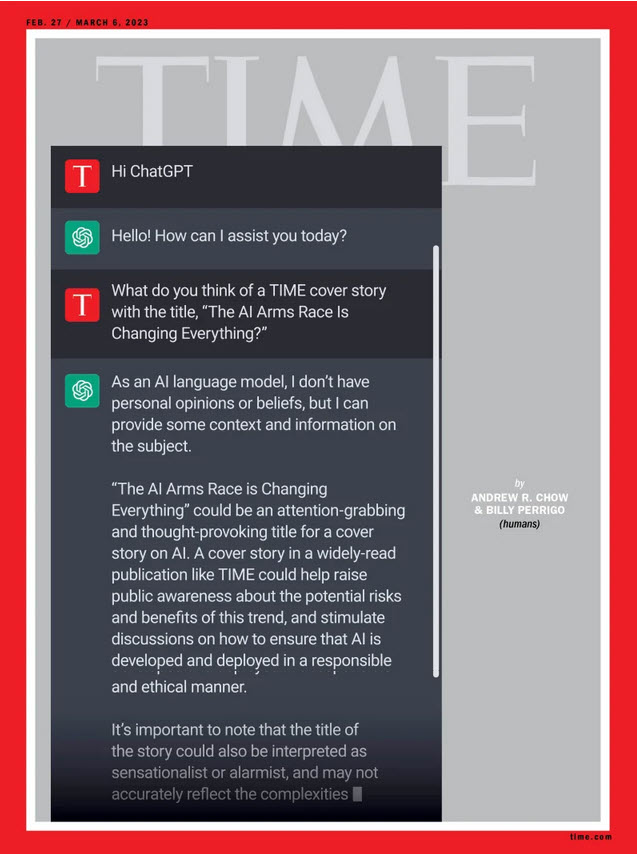In my last blog post, I mentioned the hours I had spent examining students’ work for suspected AI use. Now, a couple of months later, I am more exhausted from the process than ever. We educators are still muddling our way through without clear policies or reliable detection tools, and are literally left “up to our own devices.”
But what if we change tack? What if we encourage students to use AI? Until now, I have balked at exploring its use in class, worried about introducing it to students who had never heard of it. After all, what kind of teacher would show students how to cheat? But I am no longer under such delusions. Unless they have been hiding under a rock, most students know exactly how to use AI tools.
Continue reading →










